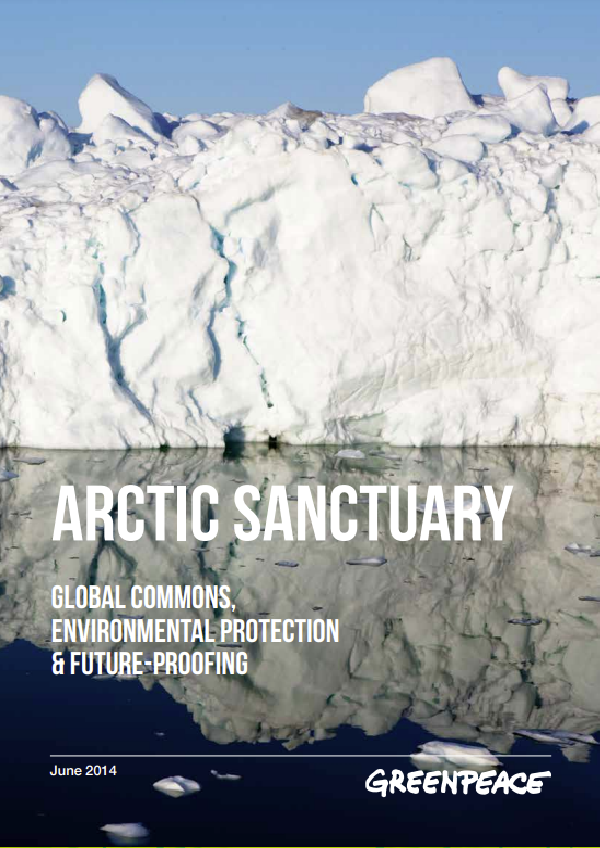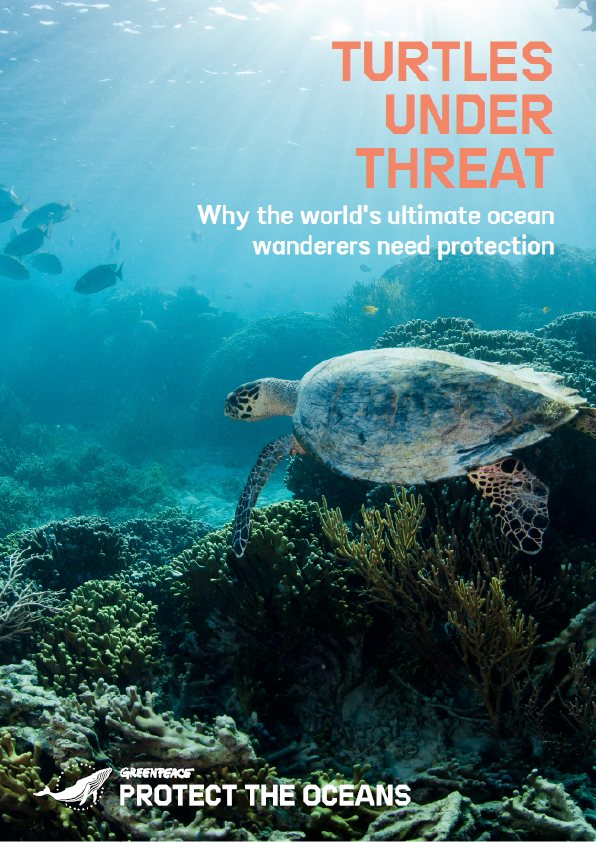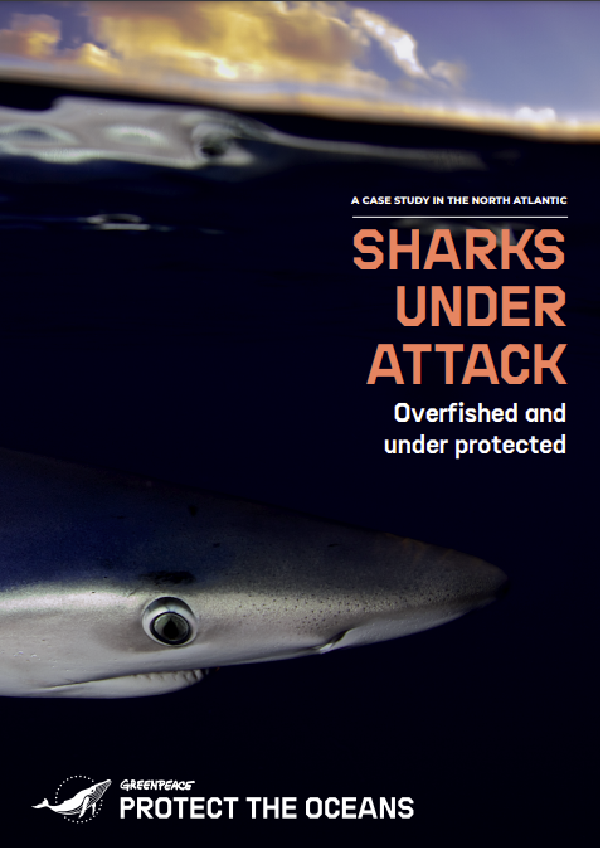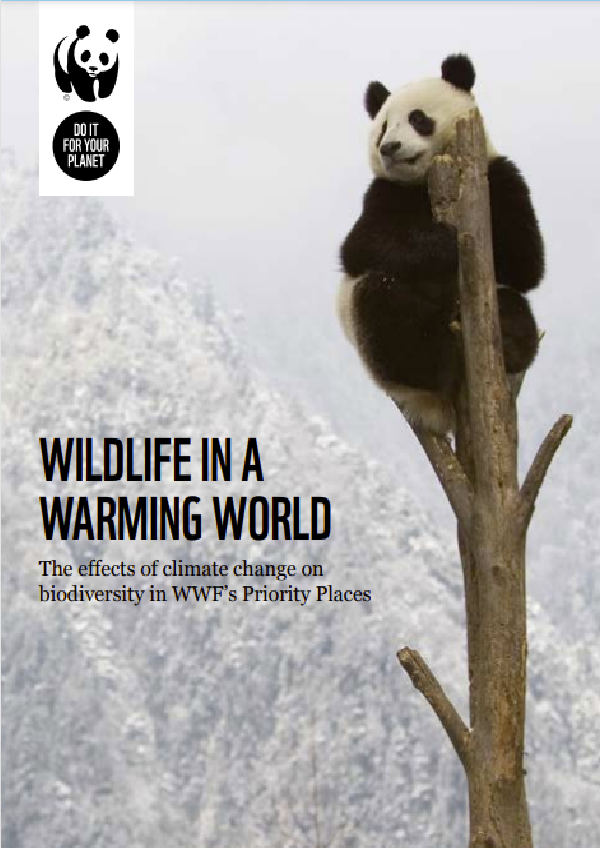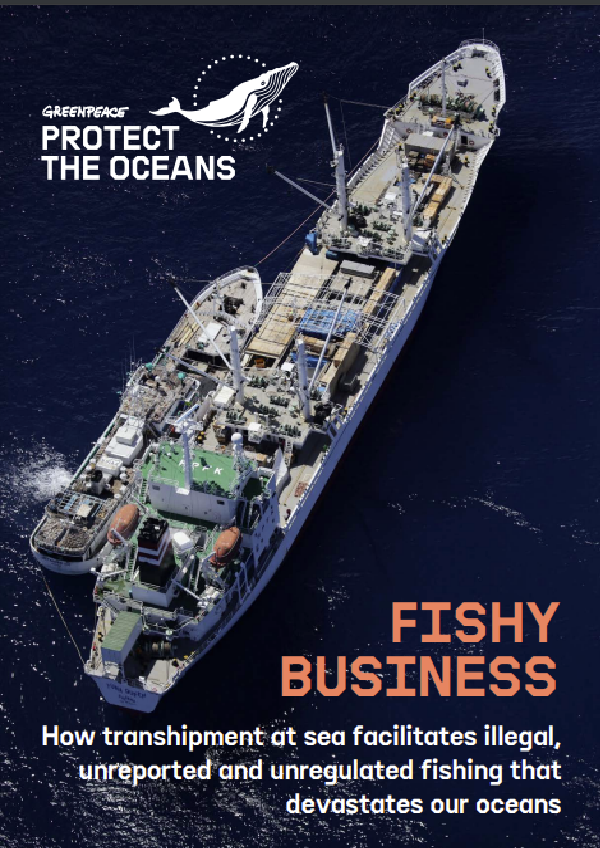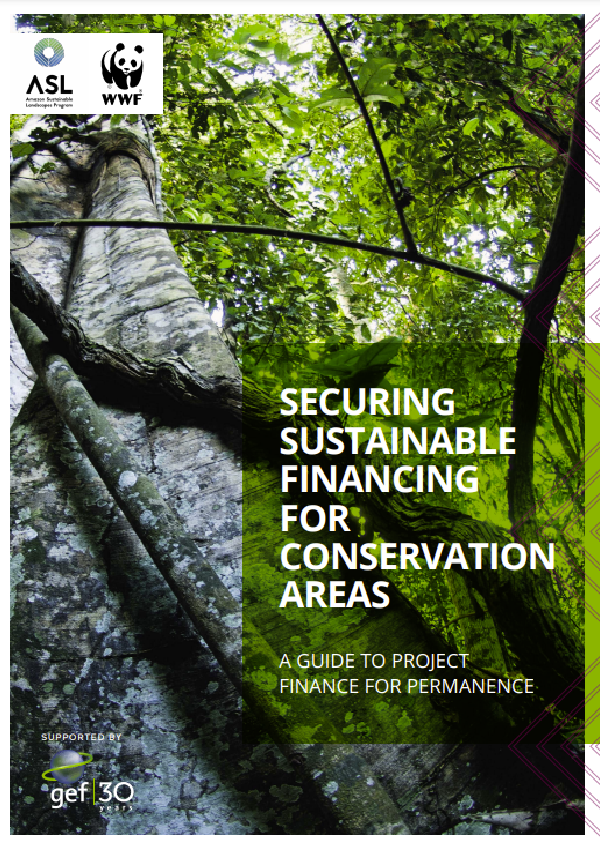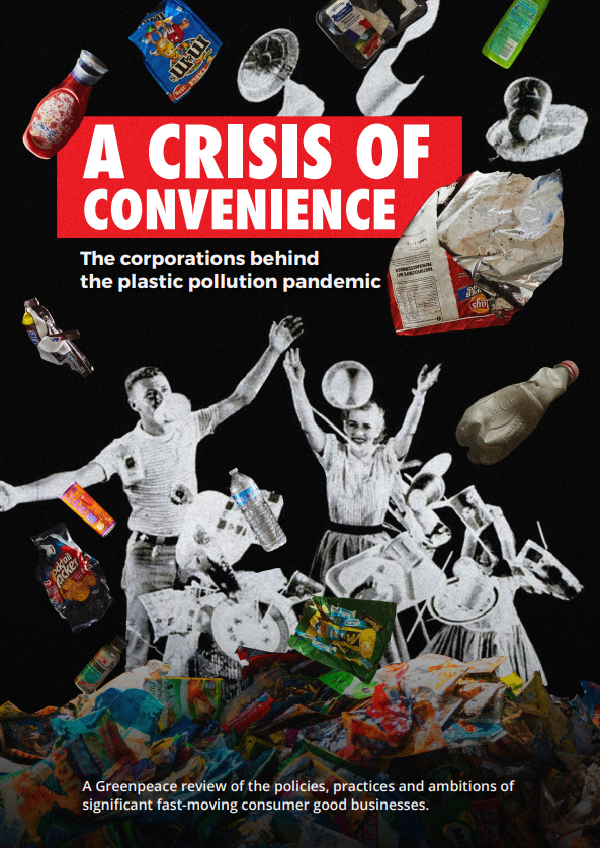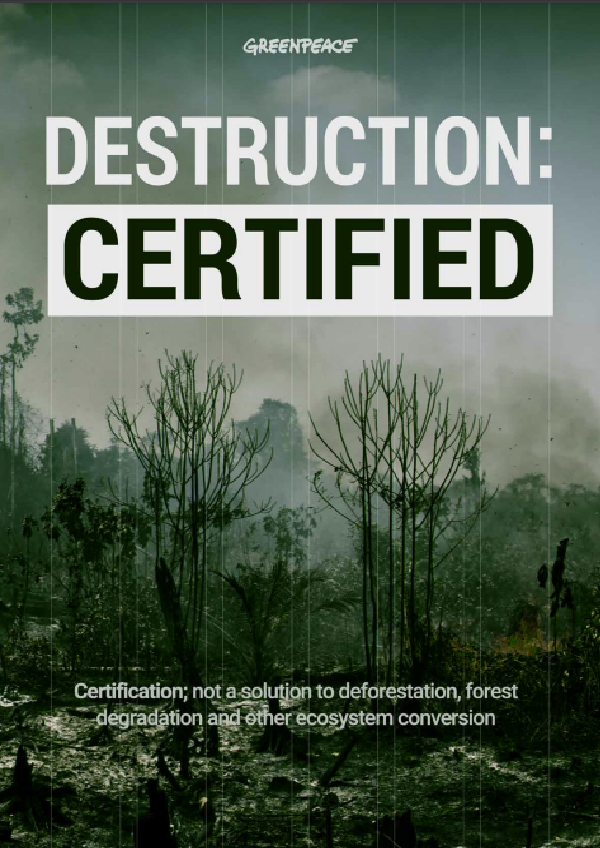Arctic coastal states are keen to lay claim on the valuable resources found beyond their national boundaries, and they have all submitted applications to extend their polar seabeds. Governments and industry see the opening of the Arctic as yet another business opportunity to extract more fossil fuels and fish, placing this unique region – and the entire world – at even greater risk.
The Arctic sea ice is melting. Climate change resulting from human activity has removed at least 75% of the summer sea ice volume at rates never before experienced in human history. Soon, the Arctic Ocean will be like other oceans for much of the year: open water that is exposed to exploitation and environmental destruction.
This unique place is extraordinarily vulnerable, but of all the world’s oceans, it is the least protected. Less than 1.5% of this area has any form of protected area status. In the high seas, the global commons, there is none.
The Arctic is thus the defining symbol of unchecked climate change. Its melting sea ice is a miserable product of human endeavour. With large parts once a de facto marine reserve protected by permanent sea ice, the Arctic Ocean has now become the crucial battleground in the fight for a sustainable future for our planet.
Humanity now faces a stark choice. We can exploit the resources of one of the world’s most fragile and precious oceans, or we can manage it responsibly – both for future generations, and for northern and Indigenous communities today, whose livelihoods rely upon a healthy ocean.
WHAT IS THE “ARCTIC SANCTUARY”?
The proposed Arctic Sanctuary is a highly protected area (or marine reserve) that will be off-limits to all extractive and destructive uses, covering the central Arctic Ocean beyond the 200 nautical mile limit of Arctic coastal states’ exclusive economic zones. This region is technically defined as the “high seas” under the United Nations Convention on Law of the Sea (UNCLOS) and is universally recognized as the global commons, the shared responsibility of the entire international community.
Such a Sanctuary will fulfill some of the international commitments to establish a global network of marine protected areas and the Convention on Biological Diversity (CBD) mandated network of “areas where extractive uses are excluded, and other significant human pressures are removed or minimized, to enable the integrity, structure, and functioning of ecosystems to be maintained or recovered“
Within the Arctic Sanctuary, there will be no fishing, no exploration for or extraction of hydrocarbons or other minerals from the seabed, and no military activity. Strict environmental controls will apply to all shipping in this area, although not all shipping activity will be prohibited – heavy fuel oil use will, for example, not be allowed, a practice that is already adopted in Antarctic waters.
The proposed Arctic Sanctuary is large: 2.8 million km2. That’s roughly the size of the Mediterranean Sea, but still only a tiny fraction of the entire Arctic Ocean (14 million km2). And it is incredibly remote, lying beyond the traditional lands and waters of Indigenous Peoples, yet fundamental to the survival of their ways of living. It presents to the world both real and symbolic values that will otherwise be lost, with global consequences.
Source: Greenpeace (http://www.greenpeace.org)
